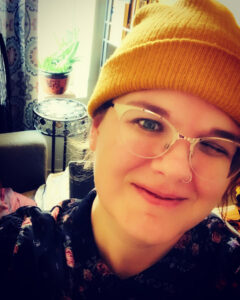Rania Mohamed
Professor Penner
English 1121 OL70
2 September 2020
To begin, it is important to go over the definition of a discourse community. Linguist John Swales defines discourse communities as “groups [of people] that have goals or purposes, and use communication to achieve these goals.” In order for a group of people to be classified as a discourse community, Swales outlines six characteristics. They are as follows: common public goals; method of communication; participatory communication methods; genre that defines the group; a lexis; and a standard of knowledge to be a member (Swales).
The main discourse community that I belong to is the Muslim community. Religious institutions satisfy the criteria of being discourse communities because they are groups of people that believe in an entity and spread their message. This discourse community in particular has faced many issues since the September 11 attacks. Many felt unsafe due to the rampant rise in racist, islamophobic and xenophobic sentiments. Three of the main issues faced are hate crimes, discriminatory behavior, and negative media portrayal. Hate crimes especially have been at a high. In 2018, the FBI reported an increase in these types of crimes for the third year in a row. Hate crimes rose by 17% in the year 2017.
After the Chapel Hill shootings, many non-profit organizations advocated for their cause and spoke up against the injustices that occurred. One such organization is CAIR, the Council on American-Islamic Relations. Overall, the organization, along with many others, tries its best to combat the stereotypes about Muslims and shed a positive light.





Leave a Reply